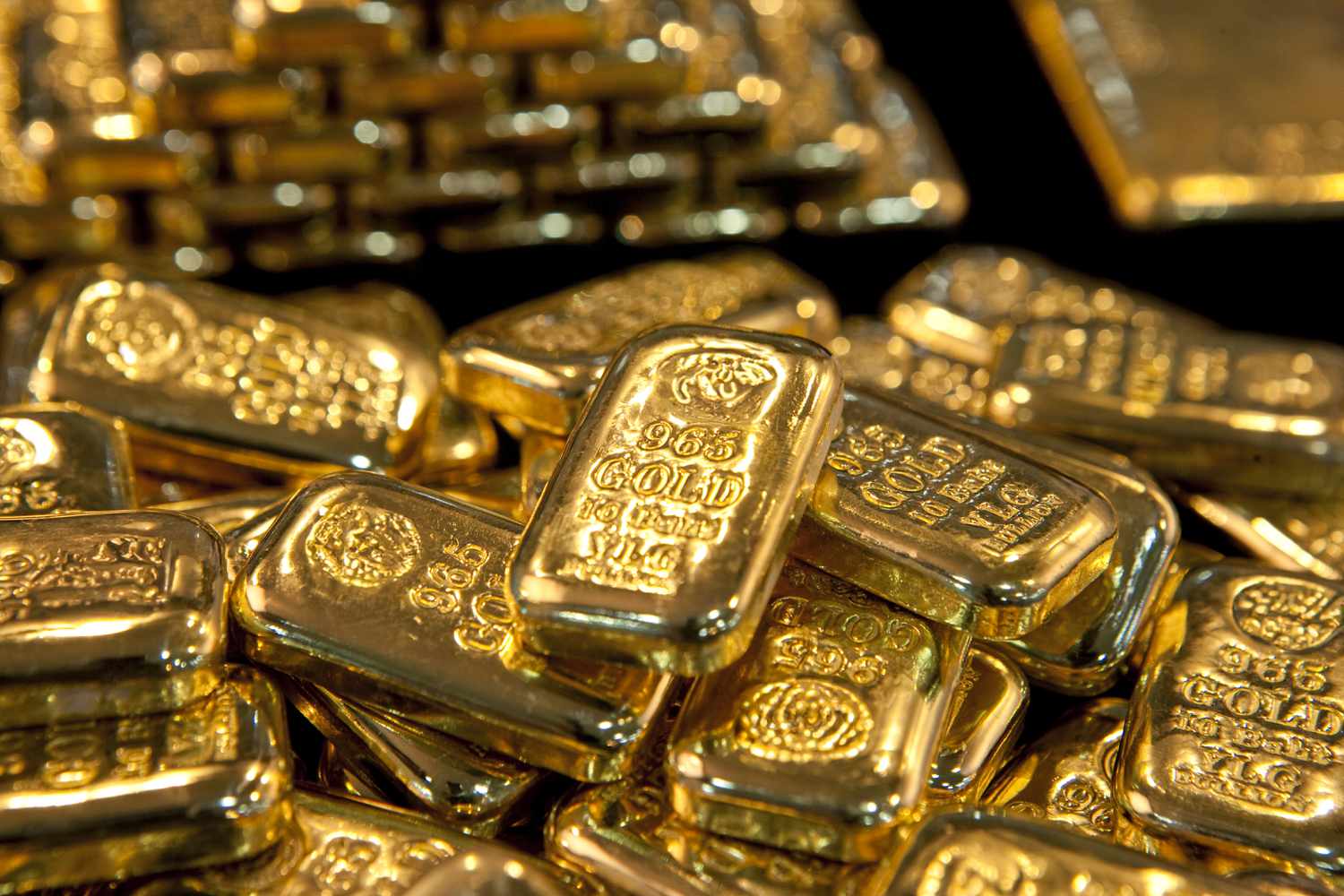Gold Dip ‘Logical Step,’ But Central Banks Likely To Keep Prices Buoyant, Says deVere CEO

Gold slipped back from its recent surge – tumbling more than 3 % in one day and resetting just under US $4,080 an ounce – but this is likely not the end of the rally, rather a natural breather before the next leg up, says global financial advisory giant deVere Group.
“Nobody should view today’s pull-back as a failure of gold’s bull market,” Nigel Green comments.
“After that extraordinary run, the market needed a pause, a moment to catch its breath, and that’s exactly what we’re seeing now.”
In the past weeks bullion prices rocketed, driven by a mix of central-bank accumulation, geopolitical nervousness, a softening dollar and expectations of rate-cuts.
But when an asset moves so fast, a downside dip isn’t surprising. “Technical over-extension was unavoidable,” Green adds.
“With prices trading well above their longer-term trend, some short-term profit-taking and consolidation was overdue.”
What underpins deVere’s optimism is the structural, not speculative, nature of this move. Recent data show official buyers remain in the game: according to the World Gold Council, global central banks added a net 19 tonnes of gold in August – a rebound from July’s lower figure and a reminder that official flows have resumed.
Meanwhile, a survey of reserve managers finds 44 % now actively manage their gold holdings, up from 37% a year earlier.
“Here’s the key point: this dip is healthy, not alarming. It clears out overheated speculative positions and leaves space for the bigger forces to resume control,” the deVere CEO explains. “And those bigger forces are still very much in place.”
For context, central-bank demand has become a quiet but powerful driver. As Nigel Green has previously observed, official institutions have been quietly buying close to 1,000 tonnes annually in recent years, underpinning the fundamental story behind bullion’s upward shift.
Despite the recent correction, gold’s upside drivers remain – weaker real yields, elevated inflation risk and government-balance-sheet excess.
“Governments continue to issue debt at levels unseen in decades; inflation pressures have not gone away; and central banks, uneasy with the dominance of the US dollar in reserves, are still turning to gold,” Nigel Green explains.
“When you see a central bank making gold purchases even at such elevated prices, you know this is about strategic diversification – not short-term momentum chasing.”
Indeed, India’s gold reserves recently surpassed the US$100 billion mark, buoyed by rising bullion prices and an increased share of gold in total reserves (14.7 % for India).
Such data reveal how official behaviour supports the long-term view for gold. That’s not to say risks vanish.
“We recognize that volatility, short-term pull-backs and technical resets are part of the journey,” Green concedes.
“But when the base of demand is anchored in reserve diversification, sovereign policy and inflation hedging, then the free-fall scenarios fade.”
deVere, therefore, views the recent price drop as a logical recalibration: the market has digested the blow-off move and is now poised for the next upward wave. “The narrative has not changed,” emphasises the chief executive. “What has changed is the pace of the move.”
Nigel Green concludes: “When the dust settles, prices will rise again. Central bank purchases create a defendable floor beneath gold bullion.”




